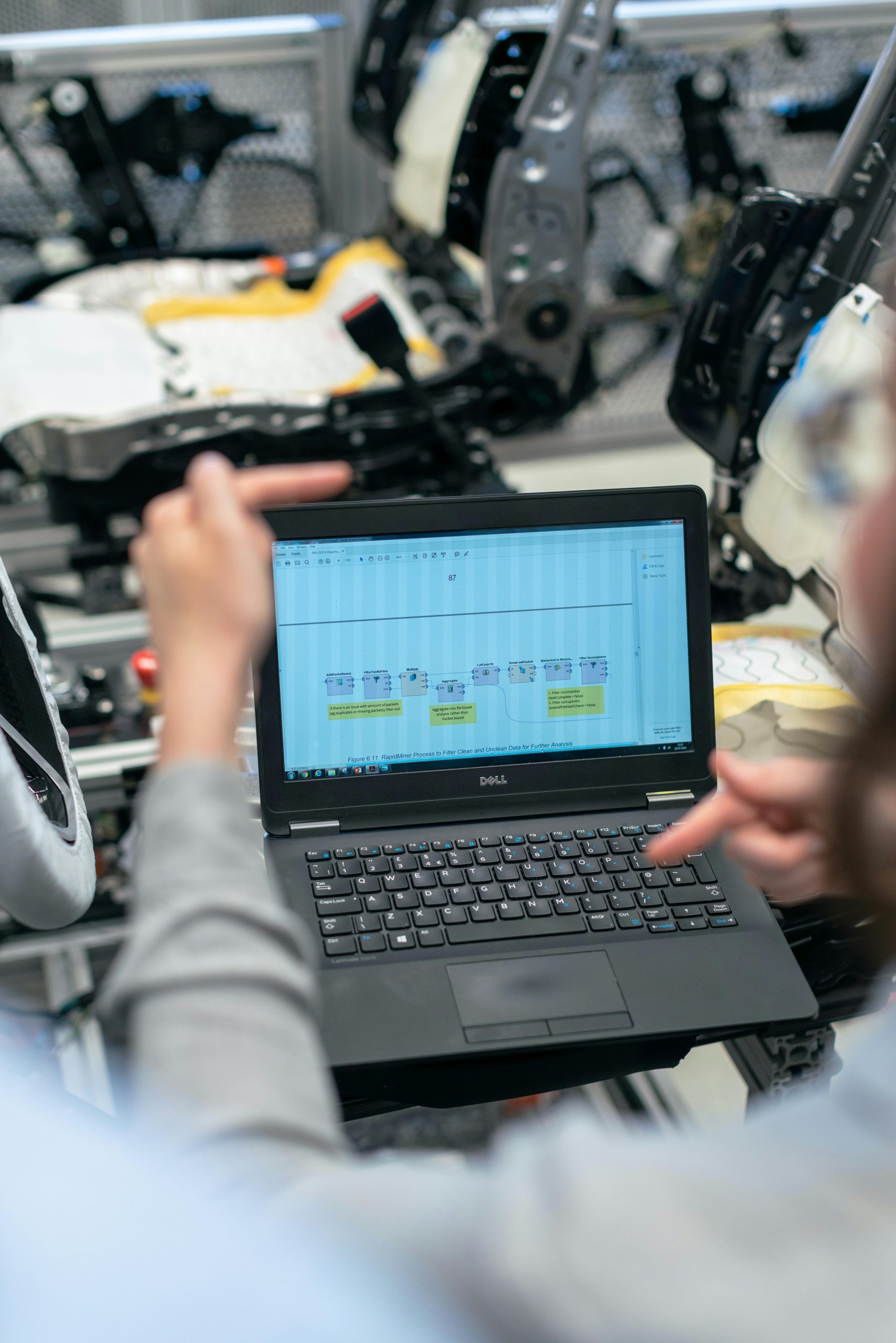Recovering Important Data from a Samsung Galaxy Z Flip 4 with a Dead Screen: Professional Strategies
Introduction
Encountering a device failure can be a stressful experience, especially when it involves valuable and sensitive data. If your Samsung Galaxy Z Flip 4’s display suddenly goes dead, but the device still powers on and remains functional internally, there are effective strategies to recover your data without resorting to a factory reset. This guide provides a professional overview of methods to extract data safely and efficiently.
Assessing the Situation
The Galaxy Z Flip 4’s blackened screen indicates a hardware display issue rather than complete device failure, given the device’s continued operation—ringing, notifications, and vibrations are still active. The primary goal is to access data—photos and files—that are stored locally, which have not been backed up to the cloud.
Recommended Data Recovery Approaches
-
Use of External Display and Input Devices
-
Connect to an External Display: Depending on the device’s capabilities, utilize Samsung DeX or similar technology to connect your smartphone to an external monitor via a USB-C hub or adapter. This approach allows you to mirror your device’s screen and interact with it via mouse and keyboard.
-
Control and Backup Data: Once connected, you can navigate through your files and transfer them to a computer or external storage device.
-
Utilize Screen Mirroring or Remote Access
-
Screen Mirroring Tools: If previously enabled, apps like Samsung’s Smart View or third-party screen mirroring solutions might allow you to display your phone’s screen on a PC or compatible TV.
-
Remote Access Apps: If you had remote control apps like Samsung’s Find My Mobile or third-party solutions configured beforehand, they may facilitate remote unlocking or file access.
-
Enable USB Debugging and ADB (Android Debug Bridge)
If USB debugging was enabled prior to the display failure, ADB provides a powerful means to access and copy files directly from the device:
- Connect your device to a computer: Using a USB-C cable.
- Install ADB tools: On your PC or Mac, download and install Android SDK Platform Tools.
- Verify connection: Run
adb devicesto ensure your device is recognized. - Pull files: Use commands like
adb pull /sdcard/to copy user data to your computer.
Note: If USB debugging wasn’t enabled, this method won’t be feasible without prior
Share this content:



